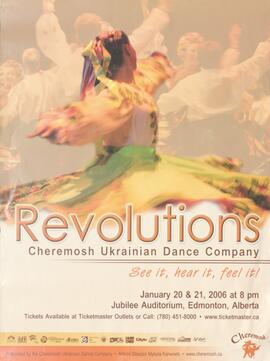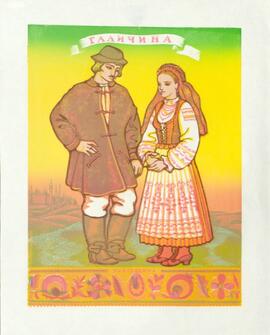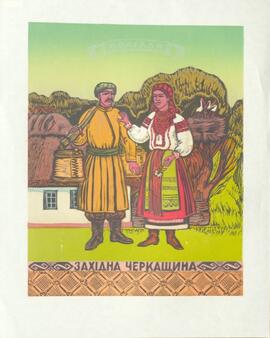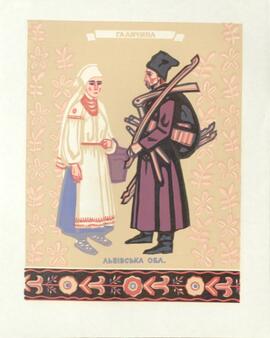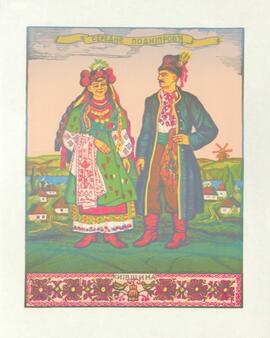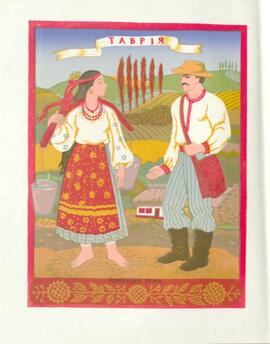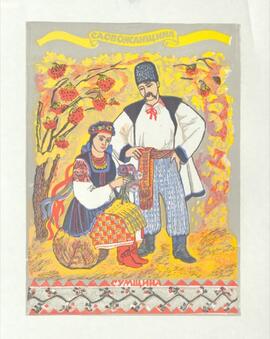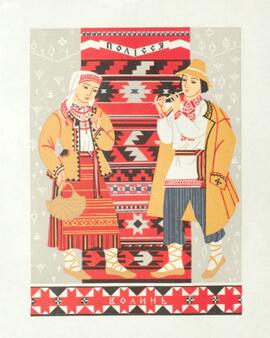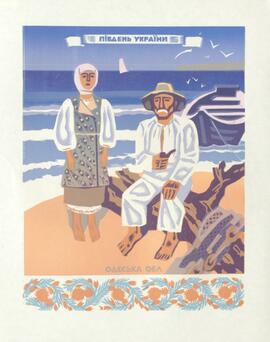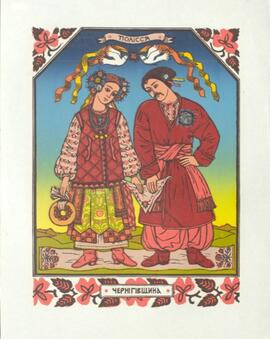Part 1: Born in Bukovyna; brothers conscripted in WWI, both discharged after sustaining severe injuries; emigrated to Canada in 1925 to Raymore, Sask; Ukrains’ka prohresyvna presa; worked on a farm; moved to Regina, worked on the railroad; Soiuz Samostiinykh Ukraintsiv; narodnyi dim; Robitnyche Zapomove Tovarystvo; Tovarystvo Ukrains’kyi Robitnycho Farmers’kyi Dim; freedom of religion; moved to Holden, AB (1928), worked in a packing plant; Narodnyi Katolyts’kyi Dim; Bratstvo Kanads’kykh Katolykiv, moved to Edmonton, AB, then to Peace River; homesteads; deportation; Liga Farmers’koi Iednosty; cultural and religious tolerance; nationalist Ukrainian Canadian organizations; Ukrainian Canadian organizations who were against war; Soiuz Ukrains’kykh Samostiinykiv; collaboration with other Ukrainian organizations.
Part 2: Was the provincial head of the Tovarystvo Robitnycho-Farmers’kyi Dim in Alberta, post WWI; Edmonton; UNO; narodnyi dim; supported cooperation between all Ukrainians, no matter their political views or religious denominations; radical Ukrainian organizations; Ukrains’ka Armiia WWI; post-WWI immigration from Ukraine to Canada; Drumheller, Crow’s Nest Pass; mining in Alberta, 1930s; Vegreville, Smokey Lake, Ukrainian cultural and sports organizations; Peace River, Highland Park, Rycroft, Blain Lake; Innisfree; educational and cultural exchange trips between Canada and Ukraine; SUMK; Cheremosh; anti-war organizations; Tovarystvo Ob’iednanykh Kanadtsiv; Konhres Kanads’kykh Katolykiv; WWII; Anti-Hitler Coalition; anti-war/determent talks between USA and USSR; Tovarystvo Dopomohy Bat’kivshchyni; national congress for Ukrainian Canadian organizations in the 1940s in Winnipeg; Mackenzie King; Winston Churchill; Theodore Roosevelt.
Part 3: WWII, Hitler vs. Stalin; Vasyl’ Svystun came to Edmonton in 1945 with a public presentation. Aleksievych also heard Mr. Svystun’s public presentations back in 1927 in Regina and in Yahir(?????) in 1928. Svystun was highly educated person and tried to engage others, like Mr. Romaniuk from Edmonton who was a lawer. Aleksievych had a personal conversation with Svystun after his presentation in 1945. Svystun abandoned his old political views by that time (thinking that independent Ukraine was possible should Hitler win) and tried to persuade Ukrainians in that through Prohresyvnyi Rukh. It was the day when Japan capitulated. Aleksievych brought Mr & Mrs Svystun to Smoky Lake for a supposed public presentation at the Narodnyi Dim. Aleksievych’s organization (Tovarystvo ob’iednanykh ukrains’kykh kanadtsiv) benefitted from relations with the Soviet Ukraine (libraries, museums, scientific literature). Saskatoon is culturally related to Chernivtsi. Professor Chernetskyi (???) was against this, but others like Prof Bygin (???) and Prof. Bunio (???) made possible that a monument of Lesia Ukrainka was erected at the campus of the Saskatoon University. Robitnyche Tovarystvo, Tovarystvo ob’iednanykh ukrains’kykh kanadtsiv, and Ukrains’ka Prohresyvna Presa (celebrated its 75 years in November) played a big role in that but never were enemies of Canada, Canadian culture, or Ukrainian people. We (together with the Canadian Red Cross) helped hospitals in Chernivtsi and Lviv by shipping them hospital equipment, money, and foods for children. Aleksievych thanks Liubomyr Lutsiv.
Aleksievych was born in Bukovyna, village of Stavchany on May 15, 1905. Went to the village school at the age of 6. WWI during the school years; Bukovyna was occupied - had to go to the Romanian school; forced Romanization of Bukovyna; Chytal’ni (prosvitni tovarystva) in Bukovynian villages. Aleksievych’s grandfather fled the Tsarist Russian Empire (originally was from near Kyiv). Radykal’nyi rukh na Bukovyni. Three of Aleksievych’s brothers were in an Austrian army. Forced conscription to the Romanian army. Brothers’ fate during the Romanian occupation.
Part 4: Aleksievych is Orthodox Christian. He came to Canada in 1925 (Chernivtsi - Poland - Vienne - Paris - port Sherburg - Halifax (took him 9 days to cross the ocean)). He was 20 y.o. and was traveling together with 4 other peers. Had to bribe a Romanian customer to let them go. In 1927 in Regina Aleksievych became a member of the Tovarystvo. he is still a Communist. Communist Party had a big influence: when in 1930 Tyn Vlad (????) came to Edmonton, 15000 people were awaiting him. To be a communist in Canada is a hard thing, you have to love your people and serve them faithfully. Communism and its purpose. Aleksievych became a member of the Communist Party in 1929 when Leipman (???) from Alberta, who attended a school in Moscow, came in November 1930 with a public speech. People from Peace River reported to the Police that Aleksievych wanted a Revolution in Canada, yet Communist Party was legal back then in Canada. Helping Ukraine during the hunger (which was NOT hand made). Kobzei (???) and Lobai (???) left the Communist Party, and Kobzei wrote about it in the “Kanadiiskyi farmer” and had public presentations; together with Taras Triasyna (???) showed a film in Regina (against the Soviet authorities in Ukraine). Arrests among Communists in Canada. In 1939 Canadian government confiscated the building of his organization and transferred it to the organization of Ob’iednanykh ukrainskykh natsionalistiv. Later on, the building was returned back to them. they nevertheless gave concerts in a German Hall and other Hall. Freeing their fellows from concentration camps. CUC and Communist organization. Lawyers Phillips and Simpson (???) tried to create CUC as a counterforce to Progressive Ukrainian movement. Publishing house in Winnipeg was confiscated but Ukrainski visti continued to be published.
Part 5: New Ukrainski visti and CUC; Kongresovyi Ukrainskyi Komitet (in USA) struggling for power; UNO, Bratstvo katolykiv, Sichovi striltsi. Anton Hlynka went to London and Rome to fight for the newcomers after WWII; deciding which DPs should come to Canada; newcoming DPs chose different Ukrainian organizations; OUN; Hlynka and his attitudes towards Communists; Ivan Iakur (???) was competing against Hlynka (he was a lawyer born in Andrew, AB) to become a Parliment member in Ottawa; Vasyl’ Halina from the Communist Party; Hlynka played a big role in bringing DPs into Canada; DPs strengthened the Nationalists cercles in Canada, but did not harm the Communist ones (though they tried to: put a bomb in a Robitnychyi Dim in Toronto and in Edmonton; attacked meetings).

